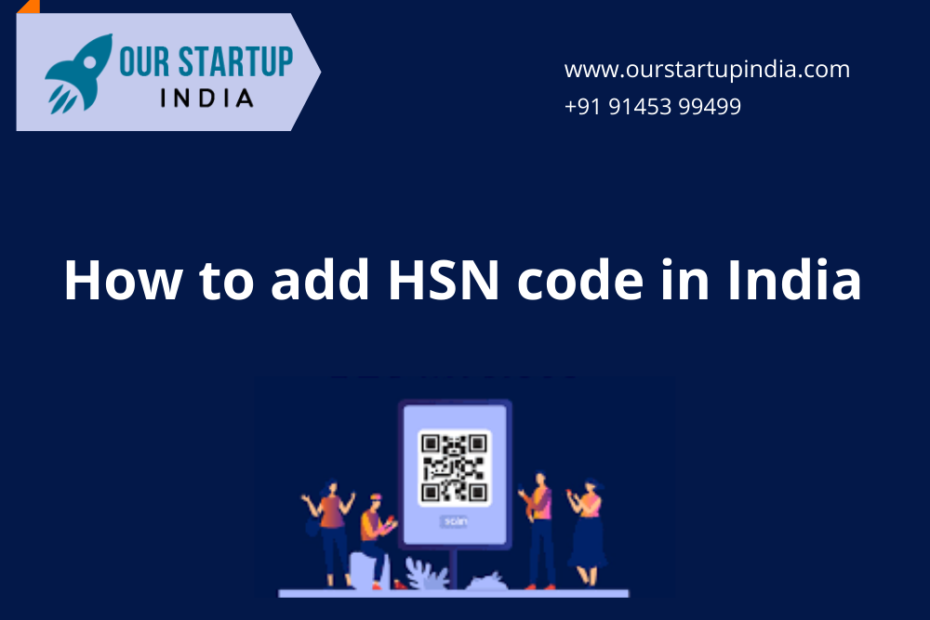Table of Contents
GST barcode registration
In this article, we will discuss what to do if a business owner needs to change or update his / her GST registration details. Registration details may need to change later due to errors in applying for GST registration or due to any changes during the period of the business. This also refers to the amendment of GST registration details as per the GST Act in the REG-14 form.
What is an HSN code?
The HSN code is the “labeling compliance system”. However, This system has introduced for the systematic classification of products around the world. The HSN code is a 6-digit uniform code that categorizes 5000+ products and may universally accept them. It was also created by the World Customs Organization (WCO) and came into force in 1988.
How does the HSN code work?
It consists of about 5,000 cargo groups, each identified by a six-digit code and arranged in a legal and logical setting. Moreover, This is supported by well-defined rules to achieve consistent classification.
Why is HSN code important?
The main purpose of HSN is to systematically and logically classify objects around the world. Importantly, It brings a balanced assortment of products and facilitates international trade.
Why is HSN important under GST?
The purpose of GSN codes is to make GST systematic and also universally accepted.
HSN codes eliminate the need to upload detailed descriptions of products. This will save time and make filing easier as GST income is automatic.
Moreover, A dealer or a service provider may require to provide a summary of sales HSN / SAC wise in his GSTR-1.
Who can update GST registration details?
The following persons may apply for any amendment for registration in the GST Portal:
- New GST Registrars & Ordinary Taxpayers
- DTS and TCS Registrars, UN Organizations, Embassies & Other Informed Persons Holding UIN
- A GST trainers
- Online information and database access or retrieval (OIDAR) service providers
- Non-residential taxable persons
Also, a business can update or edit its GST registration details:
- The application is in process and
- Business is already in the register under GST (application already processed)
What are the core and non-core sectors in the GST registration details?
The fields of GST registration applications are classified as core and non-core fields. Moreover, In this way, taxpayers can identify whether or not a particular sector needs to be corrected.
Whereas, the amendment of non-core departments will be automatically approved as soon as the amendment application is filed. However, in the case of key departments, if it is not approved by the tax authority within a specified period, it is considered to be automatically approved.
The main fields are as follows:
- Business name, (legal name) if no change in PAN
- Primary and additional business locations (except for any change in-state)
- Adding or removing partners such as advertisers or partners or Karta or the board or CEO
The unimportant fields are as follows:
Other sectors besides the key sectors mentioned above are called Non-GST Central Fields. These include:
- Adding or deleting or editing bank details
- Business details
- Description of goods and services
- Editing state-specific information (no state change)
- Authorized signatories or representatives
- Modifying the details of advertisers or partners or current partners such as Karta
- Minor changes to existing primary and additional business locations
- To transfer to the mobile number or email address of the authorized signatory, submit the GST REG-14 form and also to verify online through the GST portal.
http://ourstartupindia.com/how-to-apply-for-a-liquor-shop-license-in-delhi/
http://ourstartupindia.com/export-procedure-and-documentation-in-india/
